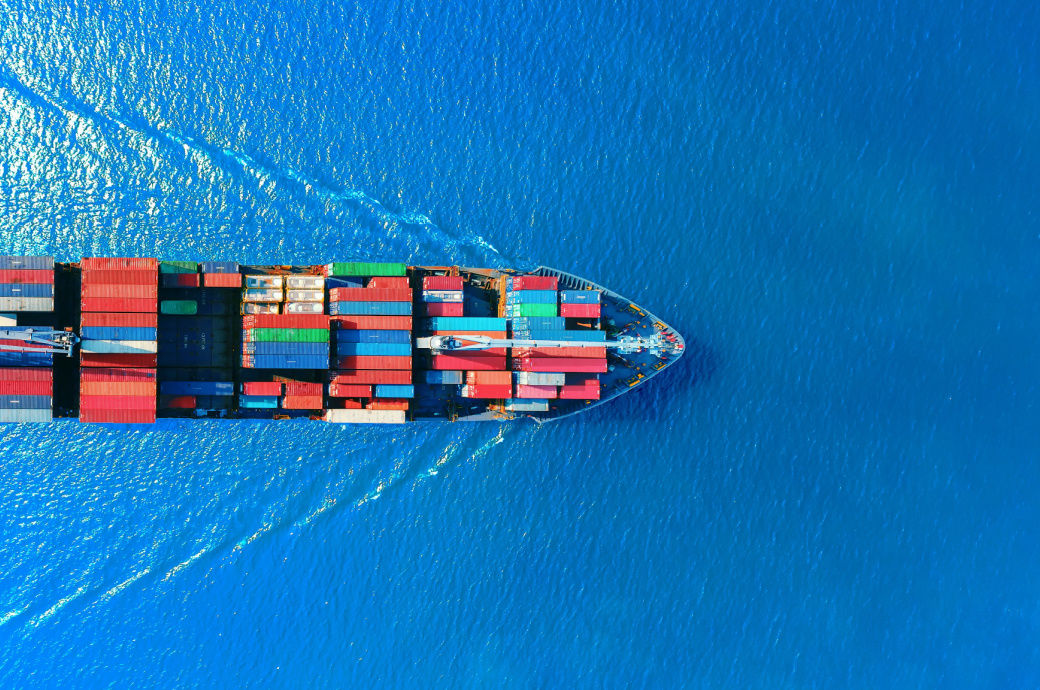
New poles of trade growth are identified in Southeast and South Asia, according to the new DHL Trade Growth Atlas published by DHL and New York University (NYU) Stern School of Business.
Though trade growth forecasts have been downgraded due to the war in Ukraine, they still call for trade to grow slightly faster in 2022 and 2023 than it did over the preceding decade, the atlas said.
E-commerce sales boomed during the pandemic and forecasts point to strong cross-border e-commerce growth continuing.
Trade growth is spread across a wider variety of countries. China accounted for a quarter of trade growth in recent years and is predicted to continue to have the largest growth, but its share is likely to fall by half, to 13 per cent.
Viet Nam, India and the Philippines stand out on both speed and scale of projected trade growth through 2026. All three have potential to benefit from efforts by many companies to diversify China-centric production and sourcing strategies, the document said.
While emerging economies increased their shares of world trade from 24 per cent to 40 per cent between 2000 and 2012, with half of the increase driven by China alone, these shares have barely changed over the past decade, it noted.
However, emerging economies continue to race forward on measures of connectivity, innovation, and leading companies. They are becoming more important exporters of sophisticated manufactured products, and increasingly compete not only on low costs, but also on innovation and quality, the document added.
Fibre2Fashion News Desk (DS)